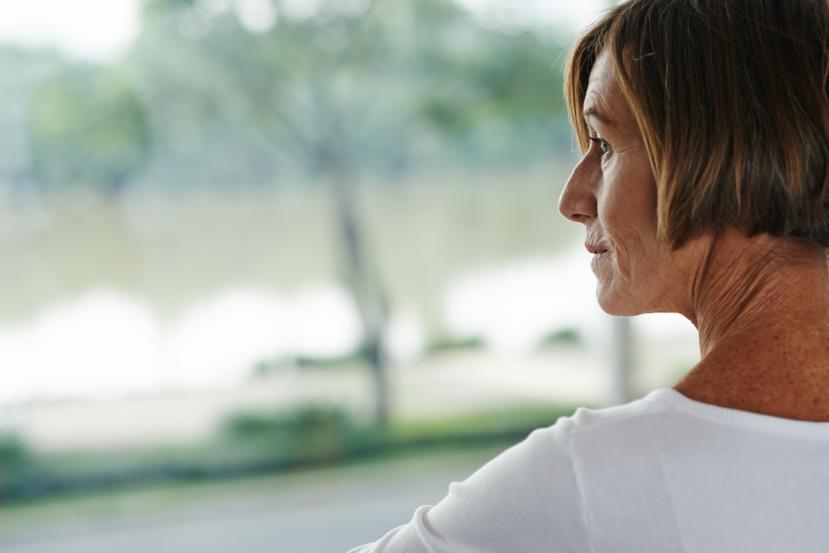Managing Lupus Non-Pharmacologically

Systemic lupus erythematosus (SLE) is an autoimmune disease where the body begins to produce autoantibodies against the body’s healthy cells. The resultant inflammation of the organs produces various symptoms in patients. Every person faces a unique set of symptoms. The disease occurs in episodes of flares and remissions. During the periods of remission, they are symptom-free, but during periods of flares, the symptoms worsen.
It is quite hard to live a life with lupus, especially knowing that there is no cure for the disease. However, lupus can be managed symptomatically with drugs along with some lifestyle modification. This article will focus on the management of lupus with lifestyle changes.
Before talking about lifestyle changes, let's see what the common symptoms of lupus are. As you know, not every person experiences the same set of symptoms. The symptoms and presentation of the disease will vary from person to person. Every person faces a unique set of symptoms. Therefore, it is quite hard to recognize the common symptoms. However, according to most patients, the symptoms of lupus, in general, include fatigability, joint pain and stiffness, facial rashes, and headaches.
Painful and weak joints
More than 90% of patients with lupus experience joint pain. It is one of the most debilitating symptoms that affect the daily lifestyle of the person. The joint pain is worse in the morning and tends to reduce slightly towards the evening.
You may be prescribed pain medications for the joint pain, but sometimes, it might not work. Sometimes, even with the most powerful painkiller, you may still feel the pain. So how can you overcome the pain apart from drugs? Exercise will help you. A small amount of exercise per day may help to relieve the pain. Although exercising may hurt, it will give you some relief for a short period of time.
The Butterfly Rash in SLE
One characteristic sign of lupus is the butterfly rash. This facial rash appears on the cheeks passing over the nasal bridge. The rash may be disturbing to people, especially when we live in a world that is based on looks. Moreover, the rash tends to appear at daytime when you are exposed to sunlight. Lupus is photosensitive, which is why your symptoms tend to become worse when you are exposed to the sun. Therefore, apply a sunscreen before going out during the day to reduce the flare-ups.
Be strong
Living with lupus is not easy. Although there is no cure for lupus, you still can manage the symptoms with drugs as well as lifestyle changes. You can lead a normal, healthy life just like the others with the proper management, so be strong. You are just like anyone else. Forget you have lupus and live life as you used to.













